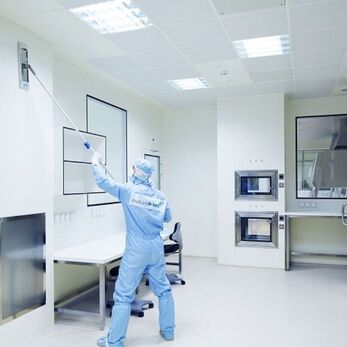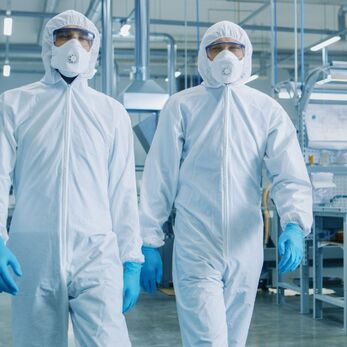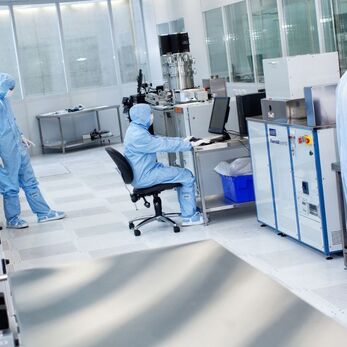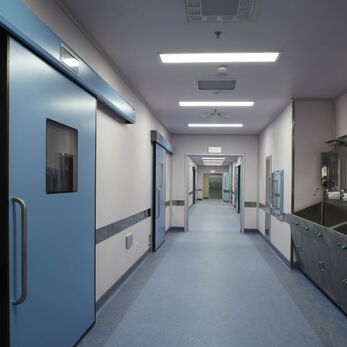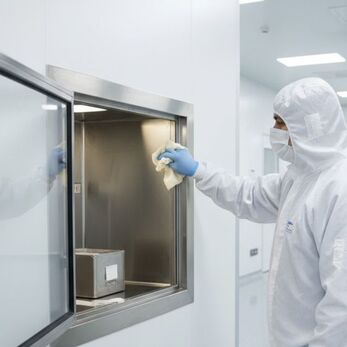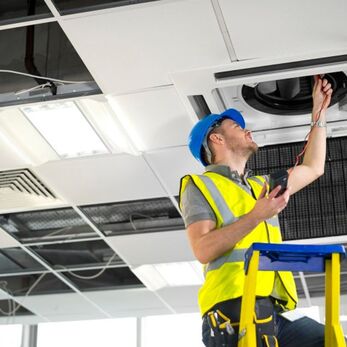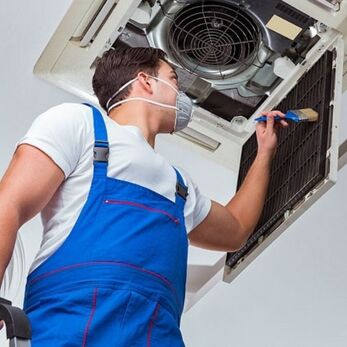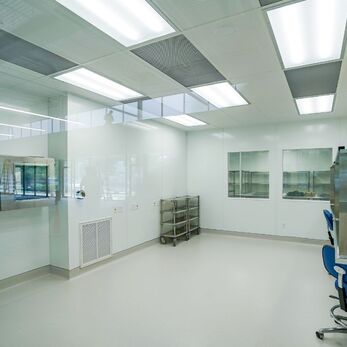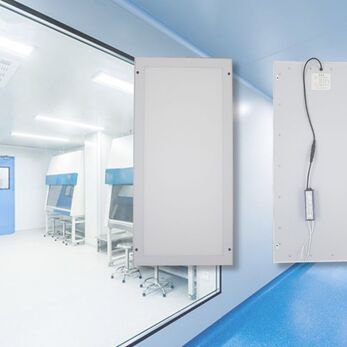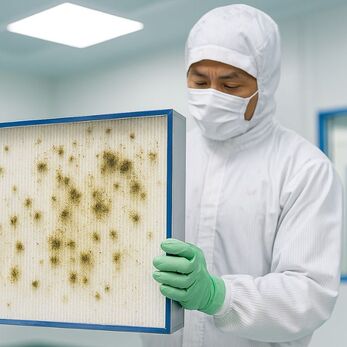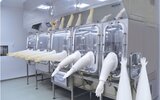5 Types of Equipment Used in Cell & Gene Therapy Cleanrooms
Cell and gene therapies are both forms of regenerative medicine. Cell therapy involves transferring live, intact cells into a patient to lessen or cure a disease.
Cell & Gene therapy is a new treatment method currently being applied by scientists. This method requires an environment and equipment that meet certain standards. In this article, let's explore 5 types of equipment used in cleanrooms for cell & gene therapy with Vietnam Cleanroom!
What is Cell & Gene therapy?
Cell & Gene
Cells form the fundamental units of all living organisms, housing genes deep within their structure. These genes, small segments of DNA, contain the genetic information and instructions necessary for protein synthesis, which is essential for the body's construction and maintenance.
Each individual possesses approximately 20.000 genes, with two copies of each gene—one inherited from each parent. Minor variations in these genes lead to differences in physical appearance and can also impact health.
Cell & Gene therapy
Cell and gene therapies are innovative forms of regenerative medicine. Cell therapy involves introducing live, intact cells into a patient to alleviate or cure a disease. These cells can be sourced from the patient (autologous) or a donor (allogeneic). Gene therapy, on the other hand, involves delivering genetic material into a patient to alter the production of specific proteins within the cell.
Although these treatment options are relatively new, many healthcare professionals are optimistic about their potential to provide safer, more targeted, and less invasive solutions for serious illnesses.
However, the development of cell and gene therapies requires a controlled cleanroom environment. Processes such as cellular and genetic engineering, growth, and purification must adhere to stringent cleanliness standards to ensure the treatments are safe, effective, and reproducible.
One potential threat to this controlled environment is the various types of equipment housed within the space. Below, we will discuss the equipment used in cell and gene therapy cleanrooms, the risks they pose, and the steps that can be taken to mitigate those risks.
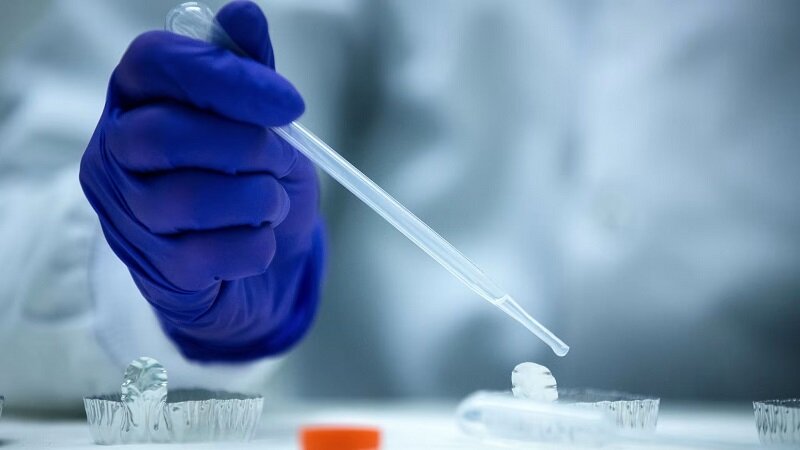
Risks Associated with Cell & Gene Therapy Cleanroom Equipment
When designing a cell & gene therapy cleanroom, it's crucial to consider the equipment necessary for your operations and their potential impact on the cleanroom environment. Many pieces of cell and gene therapy equipment can emit heat and contaminants, posing challenges during the design process. Based on the risks they present, you may need to decide whether this equipment should be placed in a classified area or an external support area, or if other accommodations are required to maintain high safety and control standards.
Here are some key risks associated with cell and gene therapy cleanroom equipment, along with considerations for mitigating them:
- Equipment material: Equipment should be made from non-shedding materials that can endure sanitation and decontamination processes, such as exposure to vaporized hydrogen peroxide (VHP) and other biocides. These materials should also exhibit low electrostatic properties to minimize particle adherence.
- Equipment surface: All equipment surfaces must be smooth, without joints, cracks, or crevices where contaminants could accumulate. Additionally, surfaces that come into contact with products and consumables should be non-absorbent and non-reactive.
- Particle emission: Surprisingly, the equipment used in cleanroom operations can contribute to particle emission. For such equipment, consider locating it in an external storage area, implementing additional sanitation procedures, or enhancing filtration efforts.
- Heat gain: Many pieces of cell and gene therapy cleanroom equipment can raise the temperature in cleanrooms, necessitating additional cooling systems and careful heat load management in the design. When drafting a user requirement specification (URS), include details about the location of each piece of equipment to facilitate accurate heat load calculations.
- Weight: For larger pieces of cell and gene therapy cleanroom equipment, consider their weight. Ensure that tables, workstations, and benches have the necessary load-bearing capacity to safely store and operate the equipment.
5 Types of Equipment Used in Cell & Gene Therapy Cleanrooms
Biosafety Cabinets
Biosafety cabinets are enclosed workspaces that use laminar airflow to filter out fumes and contaminants. They help to protect cleanroom personnel and the surrounding environment from hazardous substances. There are three different biosafety cabinet classes that offer varying amounts of protection:
- Class I – Provides protection for personnel and the surrounding environment, but not the product itself.
- Class II – Provides protection for personnel, the surrounding environment, and the product itself.
- Class III – Provides the highest level of protection for personnel, the surrounding environment, and the product itself.
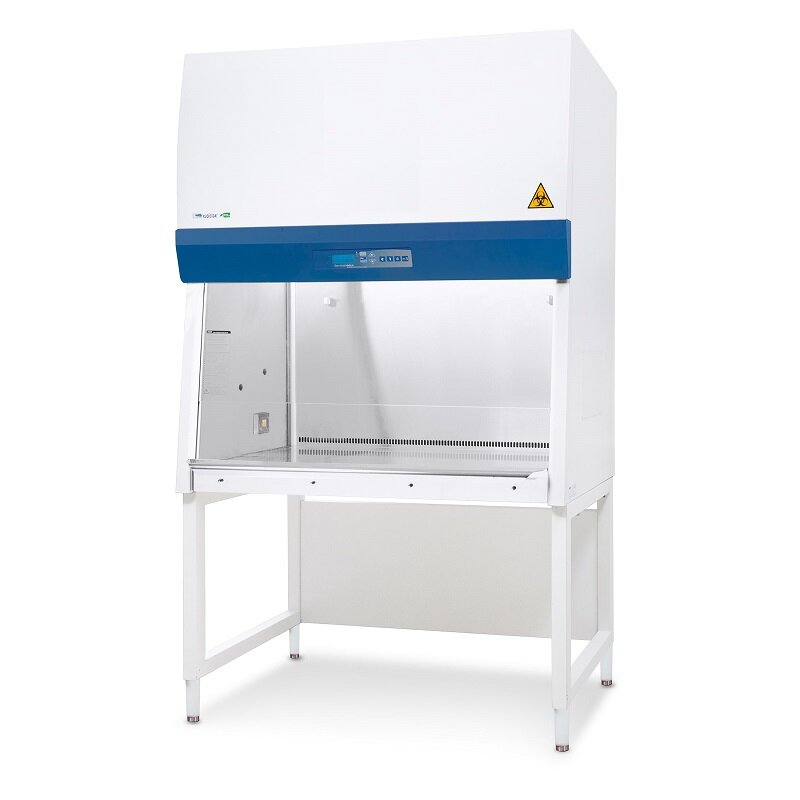
Although biosafety cabinets can provide great protection, they can also pose a few risks. When planning to install one in your cleanroom, it’s important to consider the following:
- Equipment surface
- Could a closed system be used?
Incubators
An incubator is a device that provides the optimal environment for growing and maintaining microbiological cultures and cell cultures. They regulate internal temperature, humidity, and carbon dioxide levels so that even the most sensitive of cultures are able to thrive — which is a critical part of the treatment process.
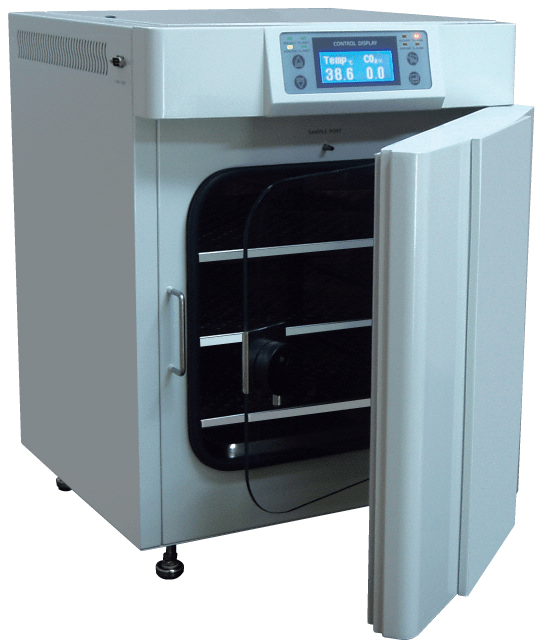
The following environmental risks are associated with incubators:
- Equipment material
- Particle emission
- Heat gain
- Gas lines within cleanroom
Refrigerators
Refrigerators are used to store various cell and gene cultures in cold temperatures. These cultures and products need to be housed in continuously refrigerated conditions in order to be fully safe and effective upon reinjection.
However, refrigerators pose the following environmental risks for cleanrooms:
- Equipment material
- Heat gain
Freezers
Similar to refrigerators, freezers are used to store various cell and gene cultures in cold temperatures. They’re most often used when samples need to be stored for extended periods. It’s important that these freezers remain at their required temperature because dropping too low or rising too high could compromise the cultures’ viability.
Freezers pose the same environmental risks for cleanrooms as refrigerators:
- Equipment material
- Heat gain
Centrifuges
A centrifuge is a machine used to separate the various components of a fluid. In cell and gene therapy applications, it’s typically used to isolate strains of cells or DNA. Centrifuges are typically large in size and heavy in weight, often requiring a heavy-duty bench to sit upon.
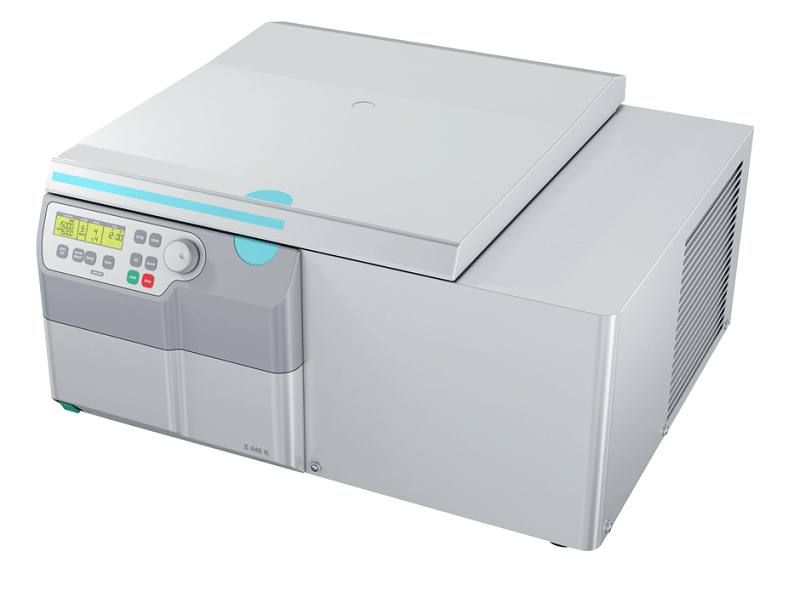
If you’re planning to install a centrifuge in your cell and gene therapy cleanroom, you should be aware of these potential hazards:
- Equipment material
- Heat gain
- Weight
Planning to install a cell and gene therapy in your facility? Angstrom Technology can help. We’ll ensure your cleanroom is outfitted with the right equipment and technologies — and it’s capable of mitigating any risks that come with them. To get started working with us, contact us today.







